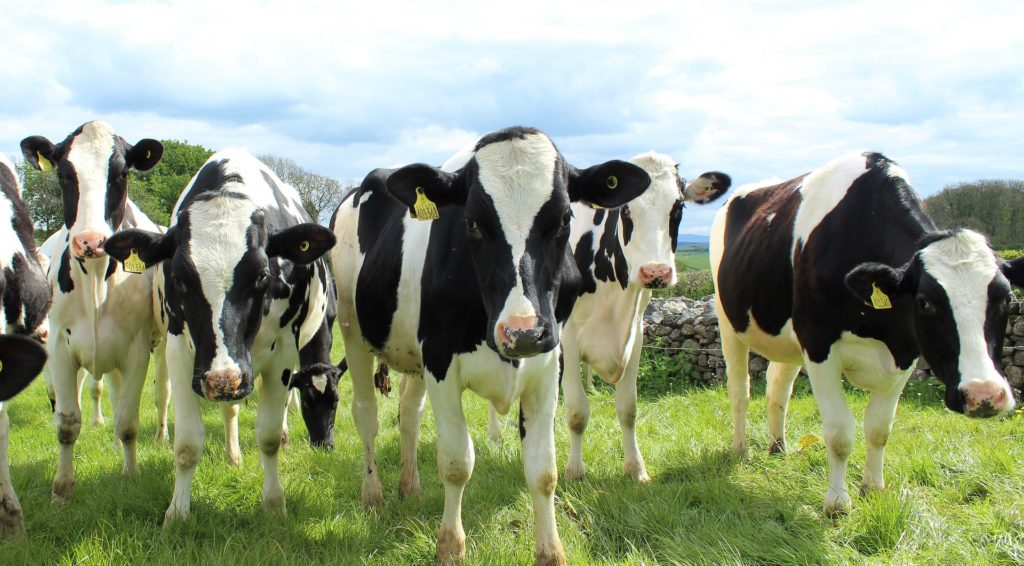New Zealand and some areas of Europe are approaching maximum milk production and will eventually have limited ability to flood global markets, according to Dairy Australia.
Dairy Australia analyst John Droppert said constraints on dairy farming areas in some leading milk producing nations would eventually work in favour of Australia — as long as it can produce milk. “The positives (for Australian dairy farmers) is that New Zealand is constrained now in terms of their industry size,” Mr Droppert said. “They can’t keep adding cows and farms like they have for the better part of 20 years.”
Mr Droppert said parts of Europe — such as the Netherlands and Germany — were also becoming constrained.
“Even Ireland is going to top out somewhere,” he said.
“So while we see this 2 per cent growth in demand for dairy almost year on year, there is less and less places where this extra milk can come from.”
In response to demand for dairy products in 2012-13, European Union farmers ramped up production over two years, producing an extra six billion litres of milk in 2014, flooding the market and resulting in an oversupply of dairy products.
The EU’s stockpiles of skim milk powder from that period have only just dissipated, boosting global prices.
In its Dairy Situation and Outlook report released today, Dairy Australia said weather, environmental and farm exits were hitting global production.
It said phosphate control laws were affecting herd sizes in the Netherlands and a “lacklustre” spring was limiting milk production growth throughout the EU. EU milk production was forecast to rise by 0.7 per cent to 154 billion litres.
Dairy Australia said US production would increase its milk production by 1.8 per cent to 100 billion litres for the first time. It said 5591 dairy farms went out of business in Wisconsin, Minnesota, Ohio, Indiana and Kentucky between 2012 and 2017. “The medium-term story is still very positive,” Mr Droppert said.
“It’s really a matter of whose industry can stay ahead of the costs of production, which are also going up.
Original article sourced from https://www.weeklytimesnow.com.au



